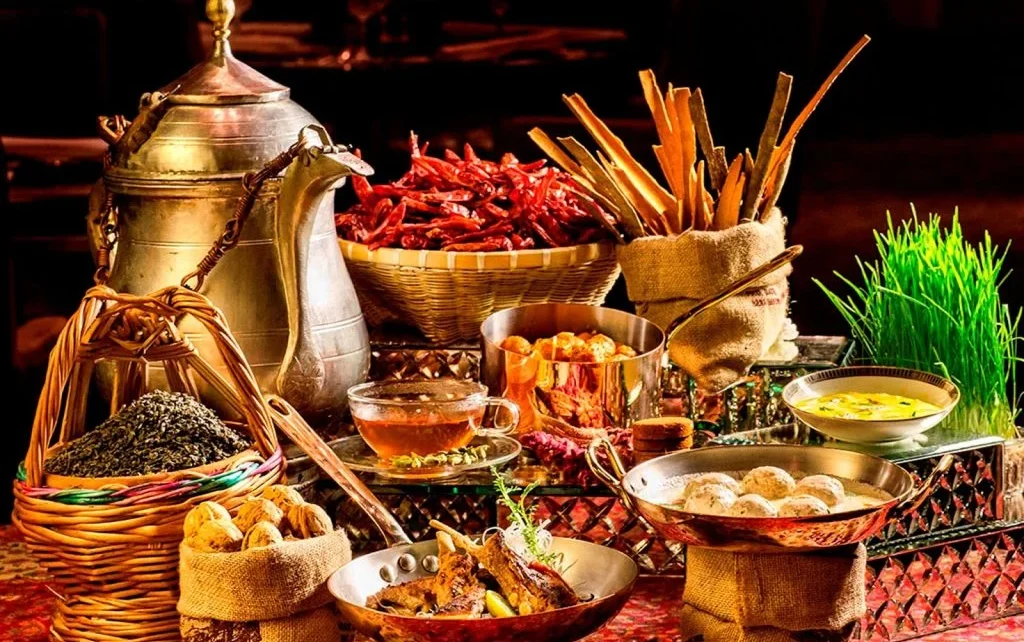SRINAGAR [Mutahira Yaseen] (KIMS) — In the enchanting land of Kashmir, once graced by the wisdom of Rishis and the spirituality of Sufis, a poignant narrative unfolds—a tale of the fading Kashmiri culture.
Beyond Jehangir’s ‘firdaus,’ the valley was bestowed with a rich philosophy that is now slipping into the oblivion of homogeneity.
As the custodians of this cultural legacy, it is imperative to explore initiatives that can breathe life into our fading Kashmiriyat.
Political tensions have widened the gap between the present and our culturally rich past. One of the significant contributors to this erosion is the insufficient documentation of our cultural practices and folklore.
Despite a wealth of myths and folk figures, there’s a dearth of well-documented literature. The Kashmiri language, on the brink of extinction, lacks its own script, leading to the loss of ancient poetry and stories in archaic languages like Pali and Sanskrit.
It’s an urgent call to document and practice our language, cultural rituals, and folklore to preserve Kashmiriyat for the future.
On another front, the youth, influenced by Westernization, play a pivotal role. Initiatives must be undertaken to engage and inspire them to embrace and champion their own cultural identity.
Establishing cultural preservation initiatives is the need of the hour—comprehensive documentation, creating accessible literature, and promoting educational programs should be prioritized.
Government support is indispensable to fund these initiatives and ensure their longevity.
Education plays a central role in fostering cultural pride. Integrating cultural studies, language classes, and traditional arts into school curricula can instill a sense of belonging.
Cultural events, festivals, and workshops catered to the younger generation can ignite interest and involvement. Leveraging social media and digital platforms to showcase and share Kashmiri culture can bridge the generational gap, while collaborations with influencers and artists can amplify cultural awareness.
Revitalizing traditional art forms and crafts not only preserves heritage but also creates economic opportunities, ensuring their sustainability. Government incentives and private sector involvement can contribute significantly to the financial viability of these cultural endeavors.
In conclusion, the preservation of Kashmiri culture demands a comprehensive strategy. Through initiatives like documentation, education, digital engagement, and economic support, we can safeguard our heritage.
Empowering the youth to embrace their cultural roots will be the cornerstone in ensuring the continuity and vibrancy of Kashmiri identity amidst the challenges posed by external influences. — (KIMS)
